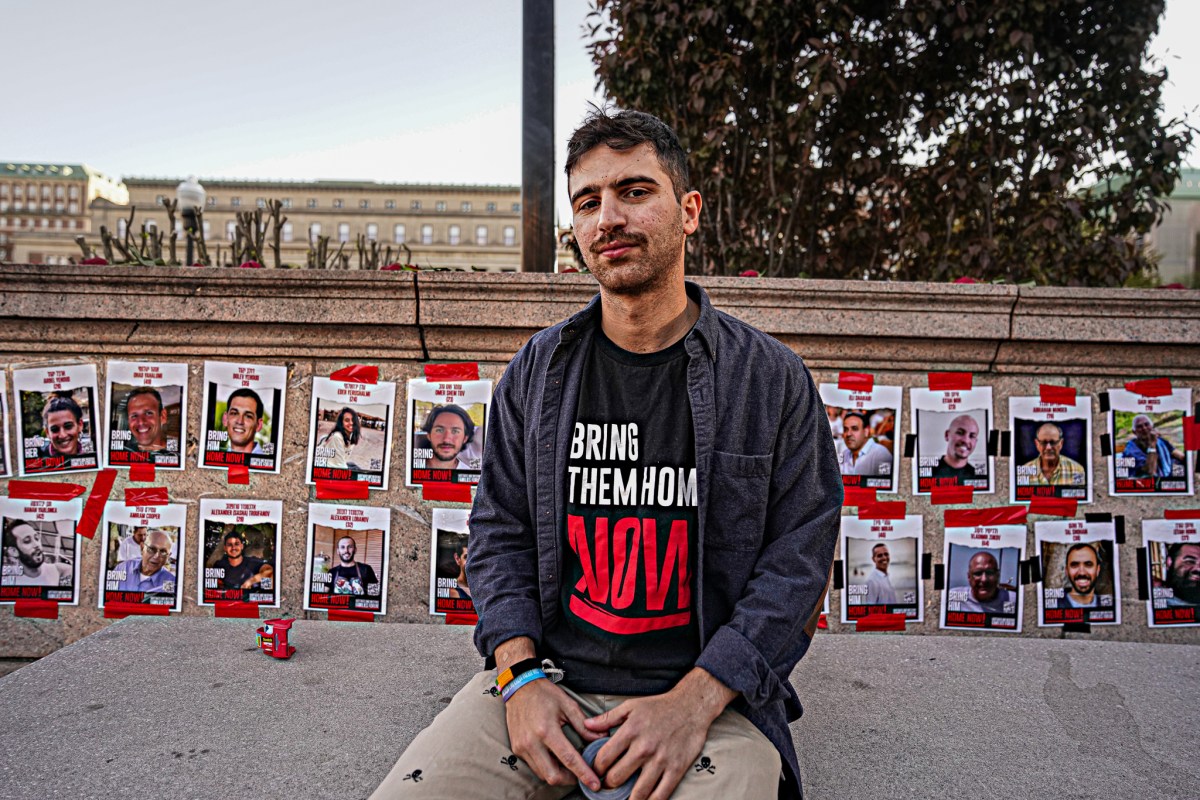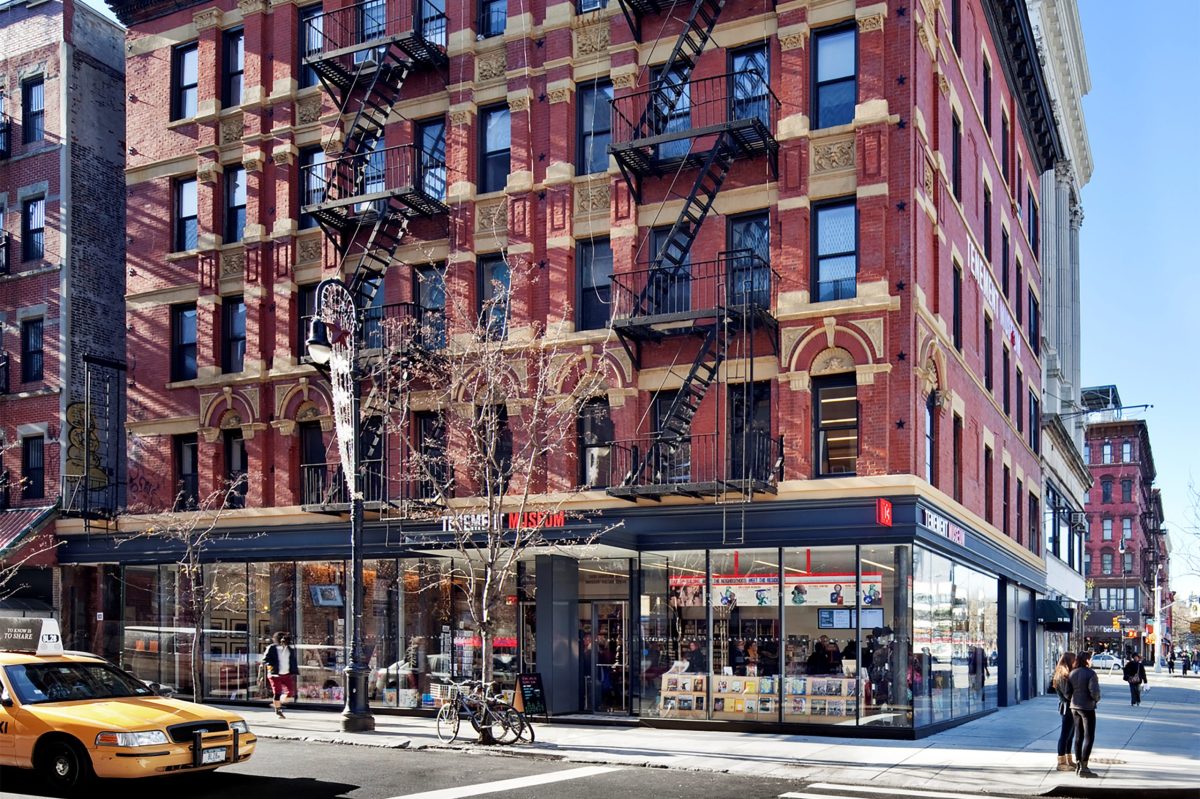Last year, Kathlene McGuinness, then a first-year student at Ryerson’s school of interior design, had a class project on constructing housing for people displaced by war or natural disaster. Her group was assigned Haiti.
“During my research I came across a school called SOPUDEP (Society Of Providence United for the Economic Development of Petion-Ville, a town in Haiti), which helps street children and children who’ve been exploited get an education,” says McGuinness. “In January, when the earthquake hit, I immediately thought of this school.”
It turned out SOPUDEP had collapsed: Twenty-two students and two teachers had died, and many others were missing and presumed dead. McGuinness believed that she could design a temporary shelter that would address the structural issues that led to Haiti’s devastation.
“A lot of people think all we do is fluff pillows and pick out paint colours, but that’s not true at all,” she says. Ultimately a core group of 14 interior design students donated their time to McGuinness’ project.
When designing the new structure, McGuinness says, it was important to consider that Haiti has few building materials and the majority of people there make less than $2 a day, so everything used either had to be free or locally available. “It also had to be either earthquake and hurricane resistant, or non-life-threatening to people if it was to collapse,” she says.
The finished prototype, which the students built themselves at Ryerson, begins with a cube-like bamboo frame that measures 10 feet by 10 feet. “The flooring is built of salvaged cinder blocks from the earthquake rubble,” McGuinness says.
“You can use either tarp or corrugated metal for the walls, and it’s all tied together with plastic twine.” The cement floor is anchored to a tire, in case of high winds.
Each structure costs less than $250, and “only takes a hacksaw and a hand drill or a knife to make,” McGuinness says.
SOPUDEP recently secured funding for a new permanent building, which McGuinness plans to help design as well.
For now, the Sawatzky Foundation, which funds SOPUDEP, has purchased enough bamboo for 26 modules.
















